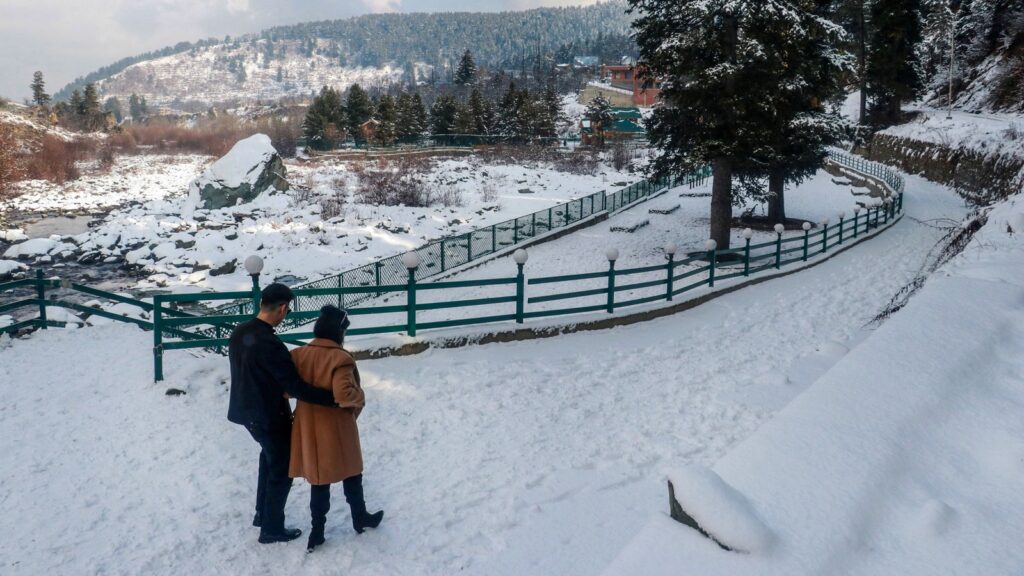A week ago, former J&K CM Omar Abdullah shared a photograph from the picturesque valley of Gulmarg shot in the first week of January. He juxtaposed that with another photo from the same spot from the previous year. The only, and rather stark, difference was the lack of snow — in the background and in the air. News of a similar snowless winter is trickling in from various hill towns after the new year. A lack of snow may seem a minor inconvenience to someone in the plains. But to the people dependent on winter snow, or more technically winter precipitation, for daily water use, irrigation in summer months, and the presence of frost to protect winter crops, or for tourist activities such as skiing, it’s more of an existential crisis. And we may have been too late to recognise the threat.
A recent study in Nature has projected that as the temperature of snow-dependent regions rises to -8°C and above, the instability of these water resources increases. Additionally, a 1°C increase in temperature can reduce the amount of water stored in snowpacks in early spring by nearly 20%, separate research had said earlier. The full impact of this is likely to be felt with a lack of water for summer irrigation demands. This newspaper reported on Monday that the water level in the Bhakra dam reservoir, critical for feeding irrigation and drinking water needs for large parts of north India, is seven feet lower than what it was at the same time last year. Not a significant number in isolation, the low level could spell trouble as the virtually dry snowfall period ends by next month without any snowpacks in the higher reaches to replenish the drying reservoir in the summer.
While the planet comes to terms with the record-breaking heat in 2023, there is a need for urgent adaptive actions. Changes in the characteristics of winter precipitation will have ramifications across sectors including water resources, agriculture and tourism. This calls for a better understanding of the cyclical nature of the problems to enact informed water management/planning and agricultural practices and rethink hydropower operations throughout the year. The warnings are ominous — and have been for a few years. While it may be too late to take action to mitigate impacts, there is still time to employ adaptive measures.
Continue reading with HT Premium Subscription
Daily E Paper I Premium Articles I Brunch E Magazine I Daily Infographics


